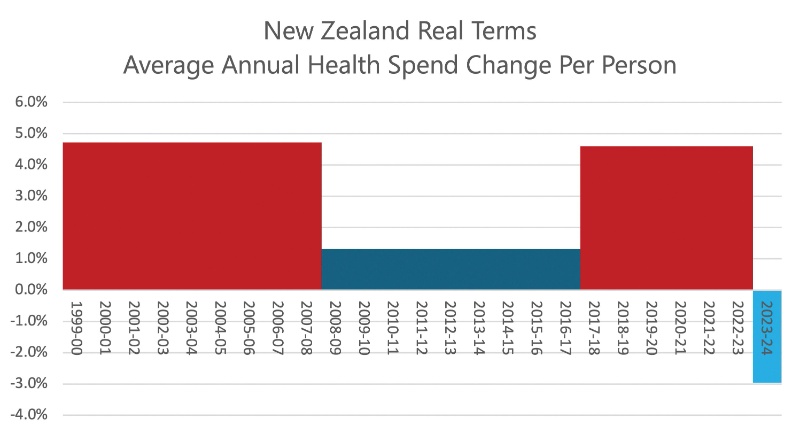968 natural hazard events recorded in 2008
Media release
21 January 2009
968
natural hazard events recorded in 2008:
earthquakes and
weather warnings most common
Event /
2008 / 2007
Earthquakes [1] / 374 /
421
Tsunami bulletins / 34 / 32
Volcanic bulletins /
10 / 4
Heavy rain warnings / 302 / 243
Strong wind
warnings / 59 / 108
Cyclone alerts / 5 / 0
Heavy snow
warning / 45 / 24
Sea swell warnings / 138 / 57
Severe
thunderstorms [2] / - / 6
Other [3] / 1 / 0
Totals /
968 / 895
[1] Most earthquakes recorded by GNS Science are not reported to the Ministry as they are detected by measuring equipment but not felt by people.
[2] Now included in other weather warnings.
[3] The European Space Agency advised that its “automated transfer vehicle”, Jules Verne, would re-enter the atmosphere and burn up scattering debris about 2,000 km East of New Zealand. Destruction on re-entry was planned and occurred as expected. Jules Verne carried no nuclear material.
The Ministry of Civil Defence & Emergency
Management announced today that it recorded 968 weather and
geological events in 2008.
The Ministry’s Director, John Hamilton, said that the breakdown of events highlights what we should expect in New Zealand – about two-thirds of the events were earthquakes and heavy rain warnings.
One emergency was declared in 2008 – in Marlborough during the nationwide storm at the end of July – compared to four declarations in 2007. An emergency does not need to be declared for agencies to respond. The nationwide storm is an example where emergency management agencies throughout the country responded but it was only in Marlborough that the impact was severe enough to declare an emergency.
Over a longer period there is a clear pattern of emergency declarations - in the last six years there have been 15 declarations, 13 because of flooding. Historically, flooding is by far the most common emergency in New Zealand, though several earthquakes, most too small to be felt, occur every day.
The Ministry has staff working 24 hours a day seven day a week monitoring information from science agencies, meteorological services, emergency management organisations and others throughout New Zealand and overseas.
Teams working and on call 24/7 in Auckland and Wellington issue advisories and national warnings when information meets thresholds and activate the National Crisis Management Centre, which is beneath the Beehive, as required.
Most of the information received, and analysis provided, is about events that do not become emergencies. They are monitored as a precaution, in case they become emergencies.
“We cannot tell where or when the next emergency will occur,” Mr Hamilton said. “The first people to experience it could well be those who are right there at home, at work, at school or wherever it happens.
“In such a case, local resources are likely to be stretched at first. Additional assistance from outside the region and local community will be available but could take some time to be deployed. We all need to be aware of that, hence the message that our people and communities must be prepared to cope on their own initially.”
ENDS


 Gordon Campbell: On The Americanising Of NZ’s Public Health System
Gordon Campbell: On The Americanising Of NZ’s Public Health System NZ Labour Party: Govt Health And Safety Changes Put Workers At Risk
NZ Labour Party: Govt Health And Safety Changes Put Workers At Risk Amnesty International Aotearoa New Zealand: Democracy At Risk
Amnesty International Aotearoa New Zealand: Democracy At Risk Walk Without Fear Trust: New Sentencing Reforms Aimed At Restoring Public Safety Welcomed
Walk Without Fear Trust: New Sentencing Reforms Aimed At Restoring Public Safety Welcomed Rio Tinto & NZAS: Archaeological Project Underway From Historic Excavations At Tiwai Point
Rio Tinto & NZAS: Archaeological Project Underway From Historic Excavations At Tiwai Point New Zealand Deerstalkers Association: NZDA Urges Hunters To Prioritise Safety This Roar Season
New Zealand Deerstalkers Association: NZDA Urges Hunters To Prioritise Safety This Roar Season PSA: 1000 Days Since Landmark Pay Equity Deal Expired - Workers Losing $145 A Week
PSA: 1000 Days Since Landmark Pay Equity Deal Expired - Workers Losing $145 A Week


